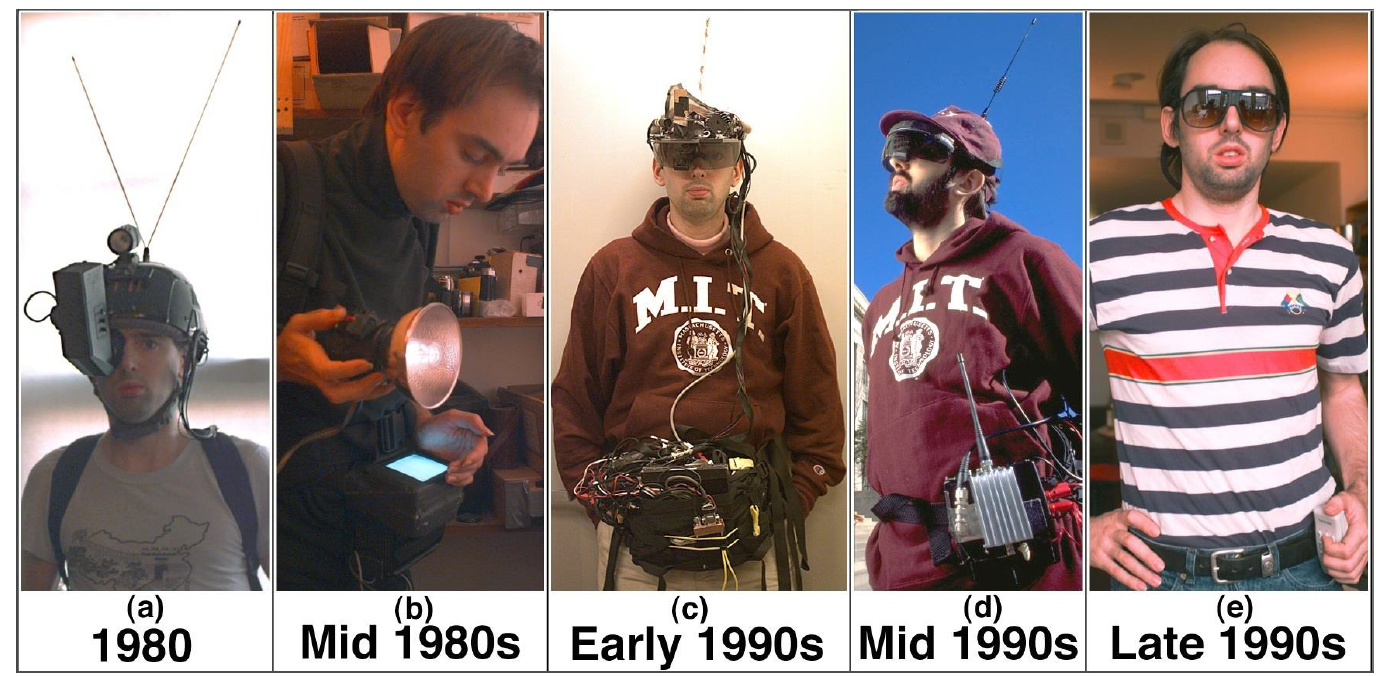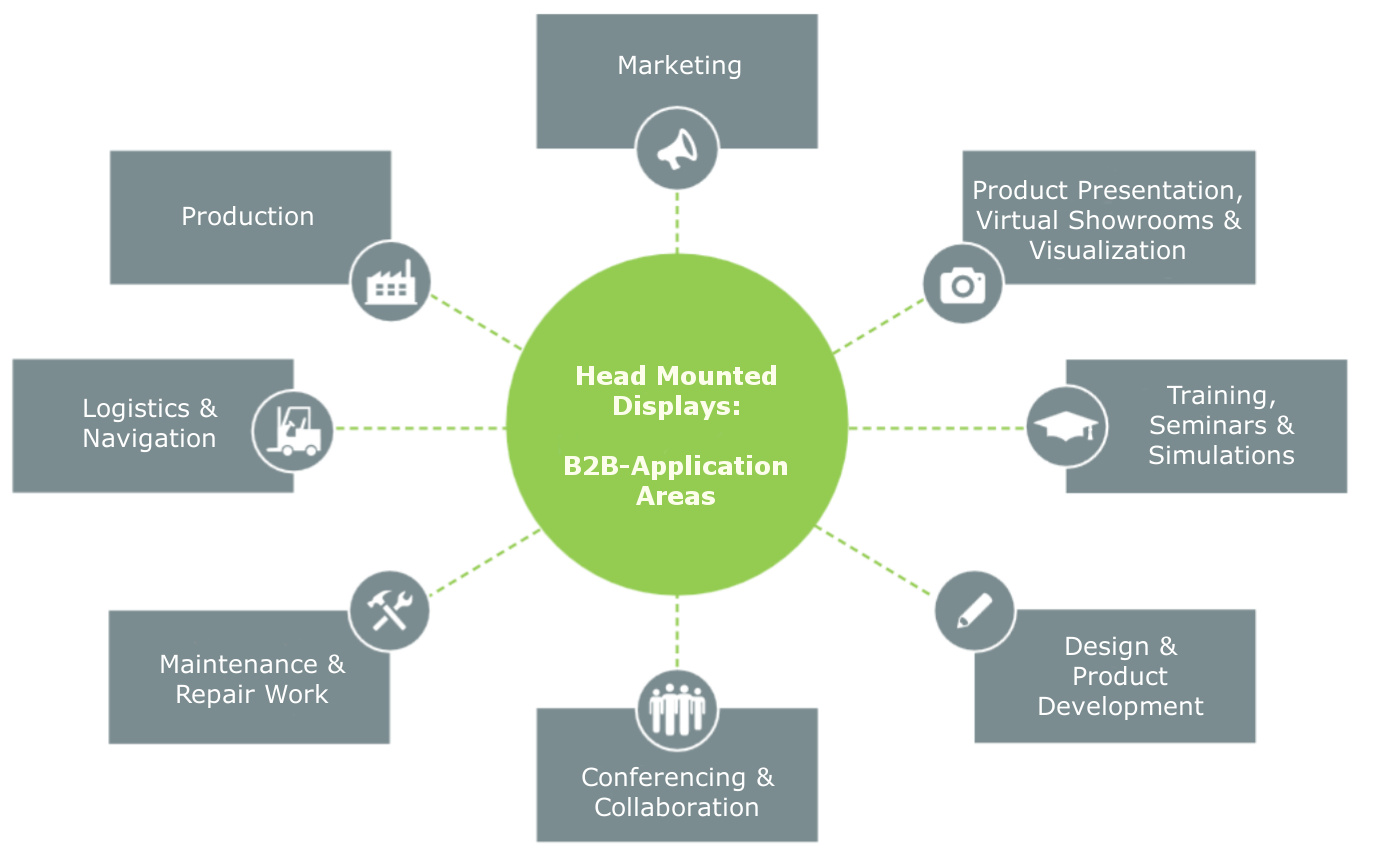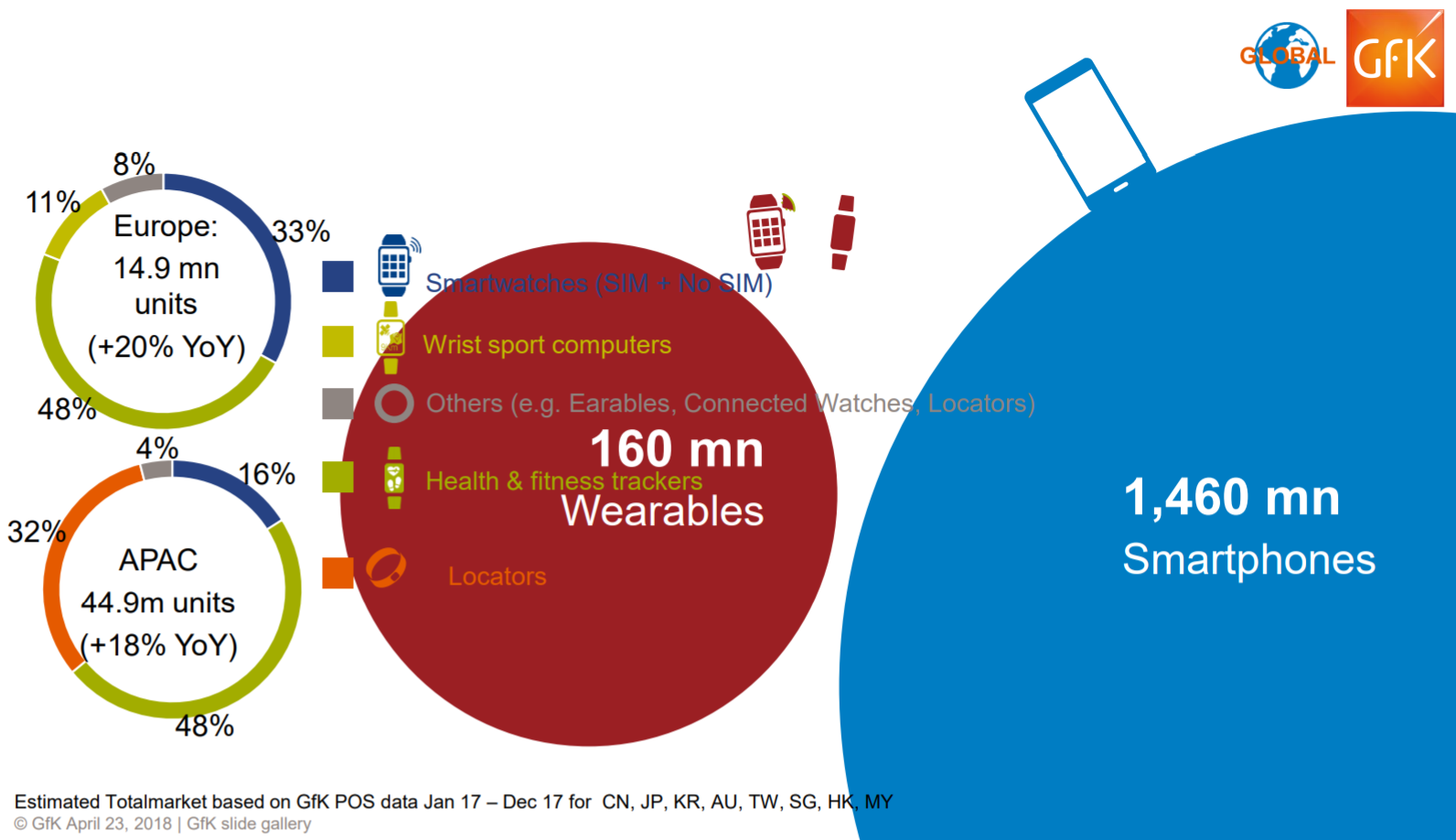Technology Up-Close: The Smartphone is Dead, Long Live the Wearable?
bpb & Fraunhofer FIT – TechFutures
Technology Up-Close: The Smartphone is Dead, Long Live the Wearable?

Recent technological advancements helped wearable virtual and augmented reality technology to become suitable for the masses and have a market breakthrough. How did the production environment of manual work change since then and where else are they applied in the B2B-environment? But, how to actually make a business case for wearables? What’s the consumer market’s reaction around the globe? Will wearable’s sales supersede and the technology eventually replace the smartphone? On the past, present and future of wearables and smartphones as part of German Federal Agency for Civic Education (bpb) and deutsche ict+ Medienakademie TechFutures: Future-Lab Digital lecture series.
![]()
Speaker
- Prof. Dr. Wolfgang Prinz, Deputy Director of Fraunhofer FIT
- Arndt Polifke, Global Director Telecommunications, GfK
![]()
Progress Enabling Technological Advancements
Wearable virtual and augmented reality technology is nothing new, just like the concept of Big Data. From Morton Heilig’s 1957 ‘Sensorama Machine‘ over Hugo Gernsback 1963 TV glasses to Ivan Sutherland’s ‘Sword of Damocles‘, a three-dimensional head-mounted display considered the first virtual reality (VR) glasses from 1968, and Steve Mann’s „wearable computer“ and “reality mediator” invented in the 1970s, the technology has been around for more than half a century by now. Its breakthrough and increased dissemination rate, however, was only recently, mainly by advancement of three enabling technologies:
- Graphics performance – from Silicon Graphics’s O2 work station in 1998 to Nokia’s 2008 breakthrough mobile phone, the Nokia N 95, equipped with camera, GPS and mapping capabilities, offering the same computing power in a much smaller device for far less costs, in not more than 10 years.
- Sensor technology and localization
- Connectivity – including novelties such as: being always “on”, flatrate prices, high bandwidth, ubiquity, and background localization.
 Morton Heilig’s design from 1957 (left); Hugo Gernsback TV glasses from 1963 (right) | Ivan Sutherland’s “Sword of Damocles” from 1968
Morton Heilig’s design from 1957 (left); Hugo Gernsback TV glasses from 1963 (right) | Ivan Sutherland’s “Sword of Damocles” from 1968

Steve Mann’s “wearable cumouter” and “reality mediator” evolution (photo credit)
Smart Manual Work
Penetration of advanced wearable technology in the business world digitalized and smart’ened the production environment of industries that demand manual work and made employees smart’er, too, by provision of:
- Process & Context Recognition
- Location aware (/dependent)
- Situation aware (/dependent)
- Ad hoc notifications of results of analysis
- Object Recognition
- Inventory
- Process recognition
- Information and ad hoc notifications
B2B-Application Areas
Besides manual work, and next to robots, virtual reality (VR) and wearable tech, there is a multitude of application areas for head mounted displays to extend or augment the work environment:

Graphic adapted from: Head Mounted Displays in deutschen Unternehmen: Ein Virtual, Augmented und Mixed Reality Check, Deloitte, Fraunhofer FIT, Bitkom
Hype or More?
Deciding on whether to apply or advance wearable technology in a company is, for one, dependent on a fit of the Organizational Structure and Work Environment and the Degree of Maturity of the Technology which includes factors such as:
- Hard and Software,
- Costs/ Budget,
- Ergonomics,
- Development Platforms, and
- Prototyping and Productive Use.
Having identified a suitable and feasible technology, the next step is the Identification and Selection of suitable Application Areas, which could be:
- Hands free scenarios,
- Cooperation,
- Situational Knowledge Management, and
- Record Keeping and Documentation.
To allow for evaluation, last, SMART Objectives pertaining to the deployment of wearables need to be set that can encompass:
- Interaction,
- Quality- und Efficiency Improvements, and
- Motivation.
Smartphones’ B2C-Reign
Global expenditures for tech products sum up to nearly 1 Trillion US$ in 2017, according to GFK Boutique. Despite wearbles’ increasing proliferation, smartphones are by far the most sold technological product worldwide and contribute the highest share to total tech markets’ revenue, based on GfK Point-of-Sales tracking, slowly absorbing MP3 player, navigation device, cameras etc..
Global Market Trends
Even though western Europe’s and developed APAC’s demand for smartphones has declined by 4 and 6%, respectively, in 2017, Eastern Europe, Emerging Asia and Latin America were booming sales markets with 9, 8 and 8% growth in smartphone sales, respectively, according to data provided by GfK. Increased demand and accelerated technological adaptation rates could be due to affordable and for those regions specifically produced products entering the market, creating diverting global markt developments. Technological catch-up effects in emerging regions even gone as far as smartphones leapfrogging PCs as primary device for internet access.
Wearables’ Rise
When comparing global wearable sales with those of smartphones, with 160 million units sold, which is ca. 11 percent of the demand for smartphones, they have gained considerable tech marktet shares since their commercialization between the 1990’s and early 2000’s thanks to the three enabling technologies.

Smartphone & Wearable
Currently the most widespread technological device and in many regions main device for internet access, smartphones still manage to win over new customers and gain regional market shares, not least because of continuously releasing innovative product features and adapting its price model to local markets. As the device to which consumers build the strongest personal relationship, wearables such as smart watches function as companion products to smartphones, building on their UI/ UX, and are marketed as personal reality and experience augmenting devices. Advancements in AI and voice control will further expand the scope of application of wearables, open up new markets and increase their adoption rates.
In the end, it will not be smartphone vs. wearable, but rather smartphone & wearable coexisting as independent complementing categories in the market place and the users’ possession.
![]()
- TechFutures Blogpost Overview
- Event Website
- bpb (Federal Agency for Civic Education) website
- Fraunhofer FIT’s website
- Fraunhofer FIR Smartglasses Experience Lab
- bpb Bonn’s ‘Bonner Gespräche 2018’ blogpost series


